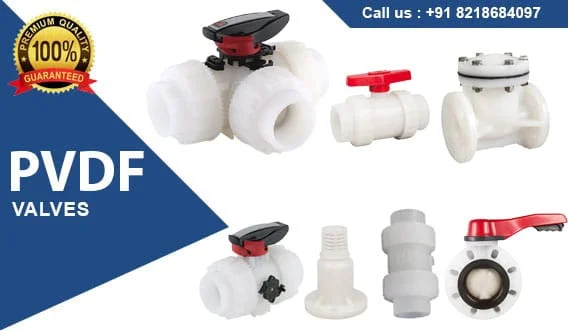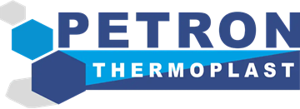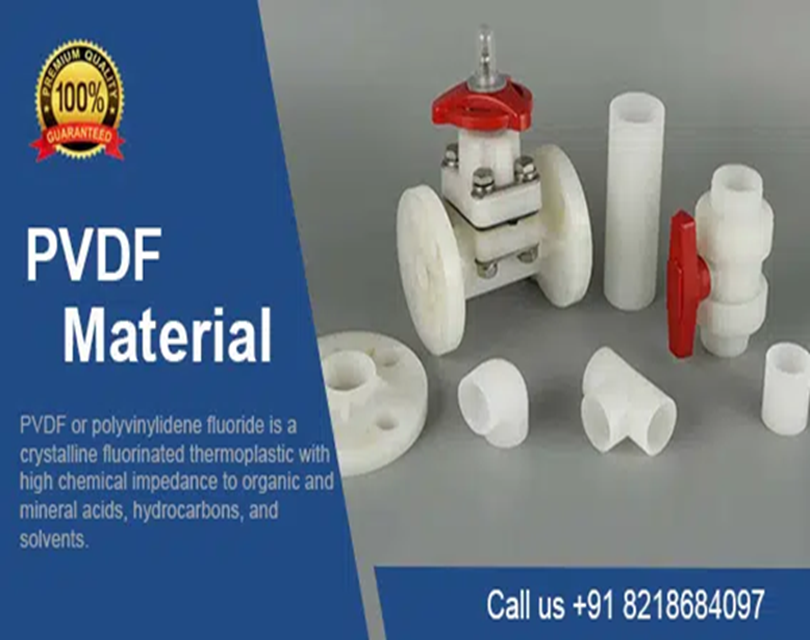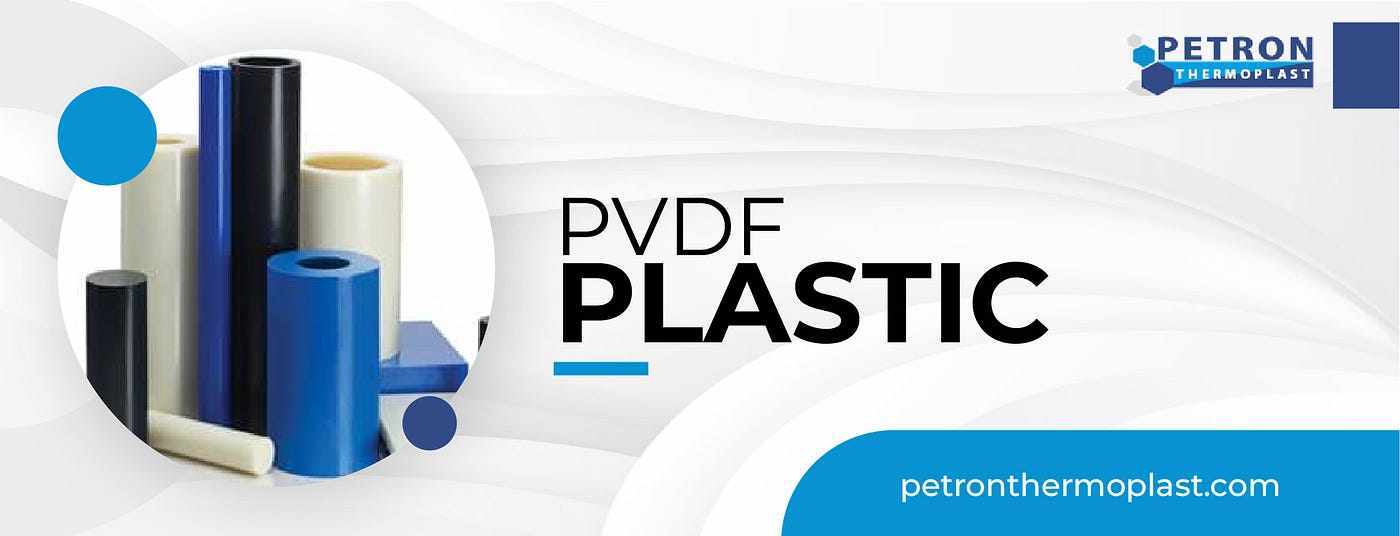
PVDF (Polyvinylidene Fluoride) ball valves are essential components in various industrial systems, known for their excellent chemical resistance, durability, and performance in challenging environments. This article provides an in-depth look at PVDF Ball Valve, discussing their advantages, disadvantages, key considerations, and common applications. It also addresses frequently asked questions to provide a complete understanding of these critical devices.
Key Features of PVDF Ball Valves
Chemical Resistance: PVDF ball valves exhibit outstanding resistance to a wide range of chemicals, including acids, bases, and solvents, making them ideal for aggressive chemical environments.
Thermal Stability: These valves maintain their performance across a broad temperature range, typically from -40°C to 150°C, which ensures reliability in various conditions.
Mechanical Strength: PVDF ball valves offer high mechanical strength and impact resistance, ensuring long-term durability even under mechanical stress.
Low Permeability: The material’s low permeability to gases and liquids enhances the valve’s integrity, making it suitable for applications requiring tight seals and minimal leakage.
Electrical Insulation: PVDF is an excellent electrical insulator, adding to the safety and reliability of the valve in electrically sensitive applications.
Advantages of PVDF Ball Valves
Corrosion Resistance: The superior corrosion resistance of PVDF ball valves allows them to withstand harsh chemicals and environments, reducing the risk of valve failure and maintenance needs.
Long Service Life: Thanks to their robust construction and resistance to wear, PVDF ball valves offer extended service life compared to other materials, translating to cost savings over time.
Versatility: PVDF ball valves are suitable for a wide range of applications, from chemical processing and water treatment to pharmaceuticals and food industries.
Lightweight: PVDF is lighter than many other materials used for ball valves, such as metal, making the valves easier to handle and install.
Ease of Maintenance: The design of PVDF ball valves typically allows for easy disassembly and maintenance, minimizing downtime.
Disadvantages of PVDF Ball Valves
Cost: PVDF ball valves can be more expensive than those made from other materials like PVC or metal, which may be a consideration for budget-sensitive projects.
Temperature Limitations: While PVDF has good thermal stability, it may not be suitable for extremely high-temperature applications beyond its specified limits.
Mechanical Wear: Although PVDF is durable, it may not be as resistant to mechanical wear as metal valves in certain high-stress applications.
Limited Size Range: PVDF ball valves may be available in a limited range of sizes compared to other materials, potentially restricting their use in larger scale systems.
Important Considerations
Application Environment: Understanding the chemical and physical environment where the valve will be used is crucial for selecting the right PVDF ball valve.
Pressure Ratings: Ensure the valve’s pressure rating matches the system requirements to avoid potential failures.
Temperature Range: Verify that the operating temperature of the system falls within the PVDF ball valve’s temperature tolerance.
Flow Characteristics: Consider the flow characteristics needed for your application, including the valve’s Cv value, to ensure it meets performance expectations.
Standards and Certifications: Check for compliance with relevant industry standards and certifications to ensure safety and performance.
Common Applications of PVDF Ball Valves
Chemical Processing: Used extensively in chemical processing plants due to their resistance to corrosive chemicals.
Water Treatment: Ideal for water treatment and purification systems, especially where chlorine and other harsh chemicals are used.
Pharmaceuticals: Employed in pharmaceutical manufacturing for handling various chemicals and ensuring contamination-free processes.
Food and Beverage: Suitable for applications involving food contact due to PVDF’s FDA compliance and resistance to aggressive cleaning agents.
Electronics: Used in the electronics industry for their excellent electrical insulation properties and resistance to aggressive chemicals used in manufacturing processes.
In conclusion, PVDF ball valves are versatile and robust components suitable for a variety of demanding applications. Their chemical resistance, durability, and reliability make them a preferred choice in industries ranging from chemical processing to pharmaceuticals. Understanding their advantages, limitations, and proper use is essential for leveraging their full potential in industrial systems.
Frequently Asked Questions (FAQs)
Q1: What makes PVDF ball valves more resistant to chemicals compared to other materials?
A: PVDF’s molecular structure provides inherent resistance to a wide array of chemicals, including strong acids and bases, making it ideal for aggressive chemical environments.
Q2: Are PVDF ball valves suitable for high-temperature applications?
A: PVDF ball valves have a good thermal stability range from -40°C to 150°C. However, for applications exceeding this range, alternative materials should be considered.
Q3: Can PVDF ball valves be used in potable water systems?
A: Yes, PVDF is FDA compliant and suitable for use in potable water systems, ensuring safe and contaminant-free water flow.
Q4: How do PVDF ball valves compare to PVC ball valves?
A: PVDF ball valves offer superior chemical resistance and thermal stability compared to PVC. However, they are also more expensive and may not be necessary for less demanding applications.
Q5: What maintenance is required for PVDF ball valves?
A: PVDF ball valves require minimal maintenance due to their chemical and corrosion resistance. Regular inspection and occasional cleaning are typically sufficient to maintain performance.
Q6: Are PVDF ball valves recyclable?
A: Yes, PVDF is recyclable. Proper recycling practices should be followed to ensure environmental responsibility.
Q7: What are the installation considerations for PVDF ball valves?
A: Ensure compatibility with other system components, adhere to proper installation procedures to avoid damage, and consider the valve’s pressure and temperature ratings during installation.


.jpeg)

.png)
Write a comment ...